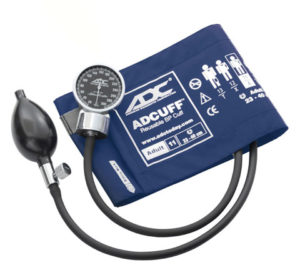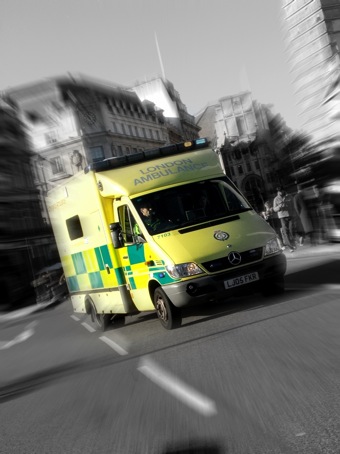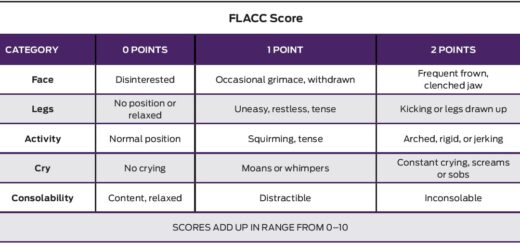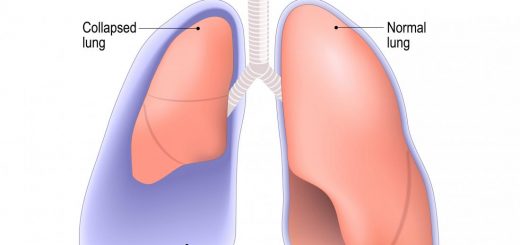How to take a manual blood pressure
 Taking a manual blood pressure (using a sphygmomanometer) can be more accurate than using an electronic blood pressure machine.
Taking a manual blood pressure (using a sphygmomanometer) can be more accurate than using an electronic blood pressure machine.
The following method, should be used to measure blood pressures with manual sphygmomanometers.
- The cuff should be placed firmly and evenly round the upper arm, the centre lying over the brachial artery, the lower end just above the band of the elbow.
- The cuff is then inflated until the radial pulse is no longer felt. This is because the brachial artery has been completely compressed.
- The cuff is then slowly deflated until the radial pulse reappears, the pressure at which this occurs is the systolic pressure.
- The cuff is then deflated again and the process is repeated, this time listening with a stethoscope, to the sounds above the brachial artery.
As the cuff is deflated, sounds are heard with each heartbeat. The point at which the sounds first appear is the systolic pressure.
The point at which the sounds disappear corresponds to the diastolic pressure. The diastolic pressure in the average adult is 70 to 80 mm Hg while the systolic is approximately 100 mm Hg plus the patient’s age.
If you have difficulty is hearing the sounds, simply record the systolic pressure by noticing the pressure at which a patient’s radial pulse reappears.
For an even more approximate reading, for a radial pulse to be present the patient needs a systolic pressure of greater than 80 mm Hg. For a femoral pulse the systolic is usually greater than 70 mm Hg and a carotid pulse equates to greater than 60 mm Hg.
Always try to get more than one blood pressure measurement, to get an accurate picture you need more than one, for example, 85/68, 120/80 or 185/92 can all be normal blood pressures for some people.
Always ensure that sphygmomanometers have regular comparison checks and calibration.





